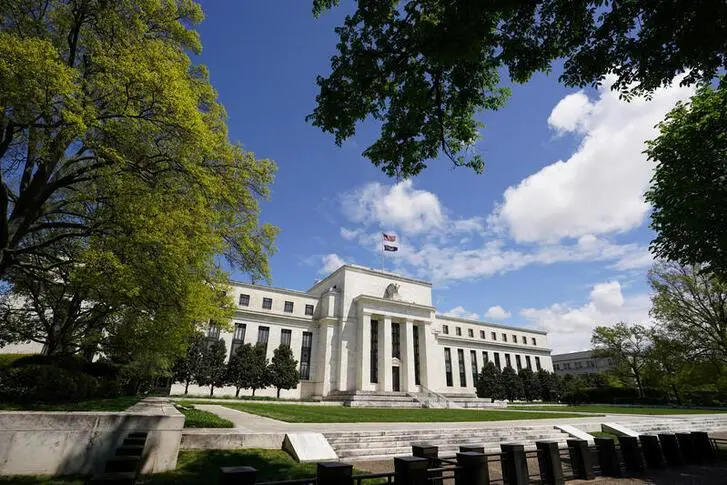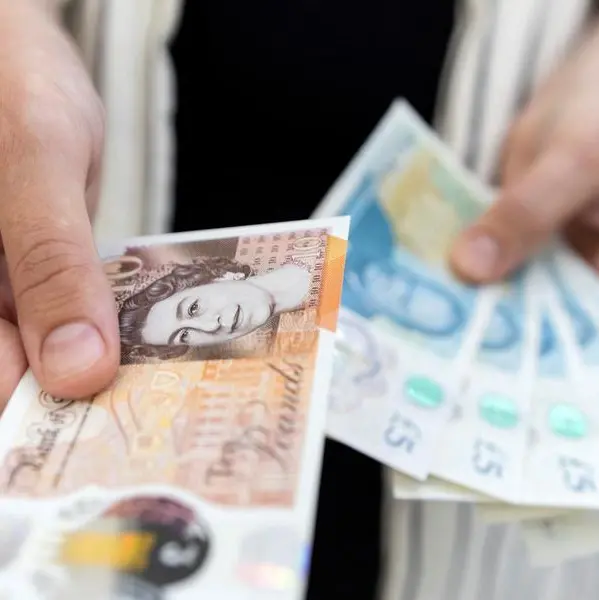PHOTO
(The author is a Reuters Breakingviews columnist. The opinions expressed are her own.)
SAN FRANCISCO - Big banks did pretty well in this year’s stress tests. But the Federal Reserve, which conducts the annual exams, gets a pass grade too. Even with a new pandemic-themed set of challenges, the system still comes out looking mostly solid – which suggests that a decade of reforms has succeeded in creating a financial sector that can weather even a once-in-several-lifetimes crisis.
The 33 biggest lenders that the Fed oversees would in aggregate have a minimum Tier-1 capital ratio of 7.7% in a W-shaped recovery where the virus abates and then comes back in winter, the U.S. regulator reckons. That’s better than the 4.5% seen as the minimum acceptable level. And it envisages a world worse than the usual “severely adverse” scenario the Fed uses to put banks through their paces – a vision lenders often argued was already too gloomy.
Not all banks have what JPMorgan boss Jamie Dimon likes to call a “fortress balance sheet.” A few unnamed institutions dipped below the 4.5% level. And enough came close that the Fed is suspending buybacks through to the end of the third quarter, and is restricting dividend payments at their current level. Those limitations could also be extended. But big banks had curtailed their buybacks anyway – and dividends were already a small part of what investors get from owning bank shares.
Lenders can thank post-2008 changes for their hypothetical survival. On top of standard capital, liquidity and leverage requirements, U.S. regulators also force them to have a “conservation buffer.” The eight largest and systemically important U.S. firms have even more cushions and loss-absorbing capacity requirements. The largest firms will also face an additional requirement through the stress capital buffer, which will be disclosed in August and go into effect in October.
The easy part of regulation – in relative terms – is making sure that previous crises don’t recur. The tough bit is reducing the impact of problems that come with no warning, and no precedent. It’s impossible to say whether Covid-19 will come back with a vengeance that makes even the W-shaped recovery look optimistic. But for now, these test results are a sign that the Fed’s schooling has paid off.
CONTEXT NEWS
- Thirty-three of the largest banks overseen by the U.S. Federal Reserve passed the 2020 stress test that assesses how they would fare in hypothetical crises, the regulator said on June 25. But it also said that their dividend payouts would be restricted until at least the end of September.
- The severely adverse scenario that the Fed uses envisages the U.S. unemployment rate rising by 6.5 percentage points to 10%. To account for Covid-19, the Fed also conducted a sensitivity analysis based on three scenarios for a post-pandemic recovery, including one with unemployment of 19.5%.
- The largest firms in the industry in aggregate had a minimum Tier-1 common equity capital ratio of 9.5% in a V-shaped recovery, 8.1% in a slower U-shaped trajectory and 7.7% in the W-shaped scenario that imagines a winter resurgence of the coronavirus.
- The Fed said that banks couldn’t increase dividends in the third quarter beyond the previous quarter’s level, and payouts could not exceed average earnings for the previous twelve months.
- They also are prohibited from implementing share buybacks in the July-to-September quarter. Many large banks including JPMorgan and Bank of America had already suspended their share buyback programs until the at least the end of June.
(The author is a Reuters Breakingviews columnist. The opinions expressed are her own.)
(Editing by John Foley and Amanda Gomez) ((gina.chon@thomsonreuters.com; Reuters Messaging: gina.chon.thomsonreuters.com@reuters.net))












